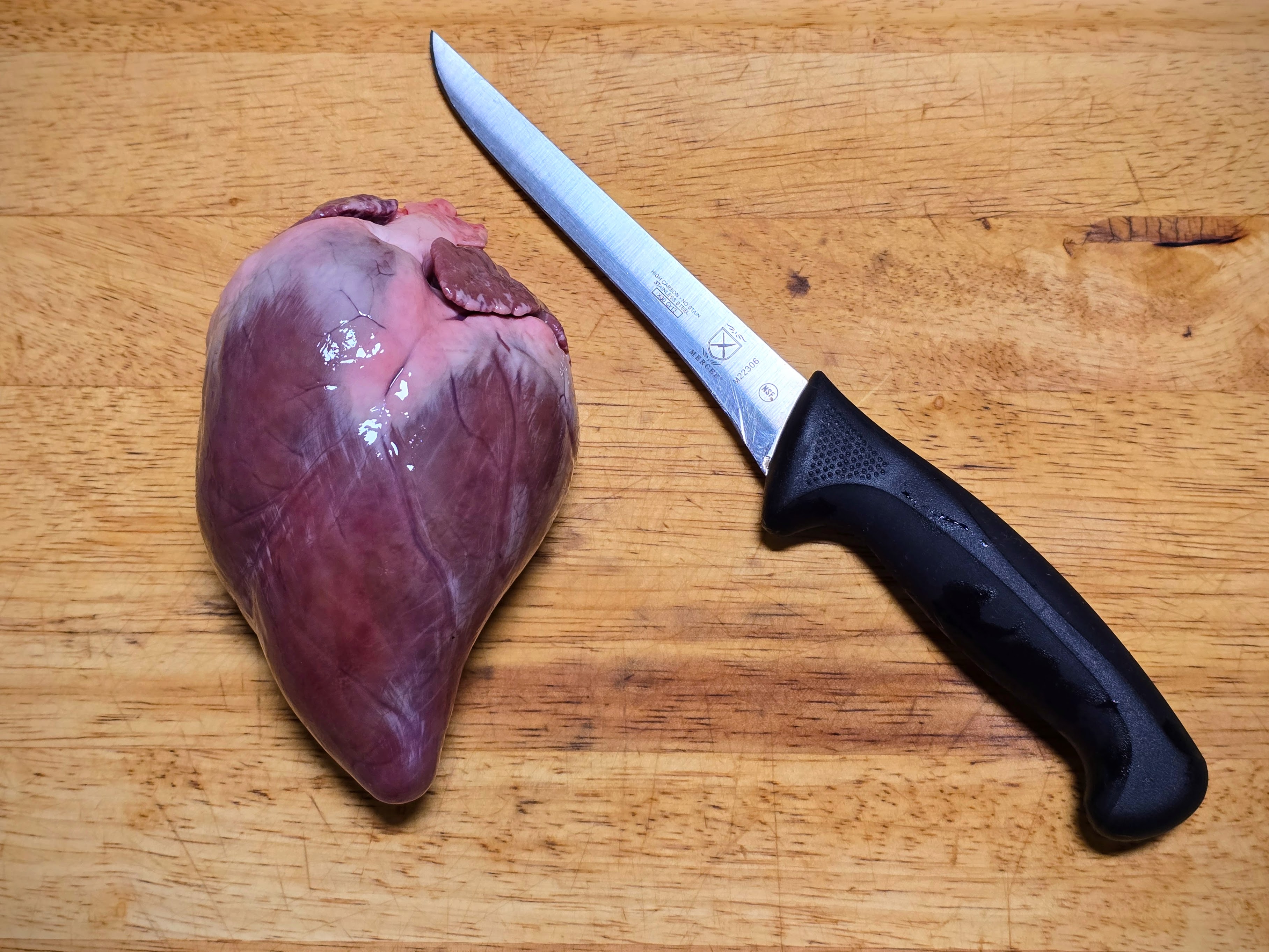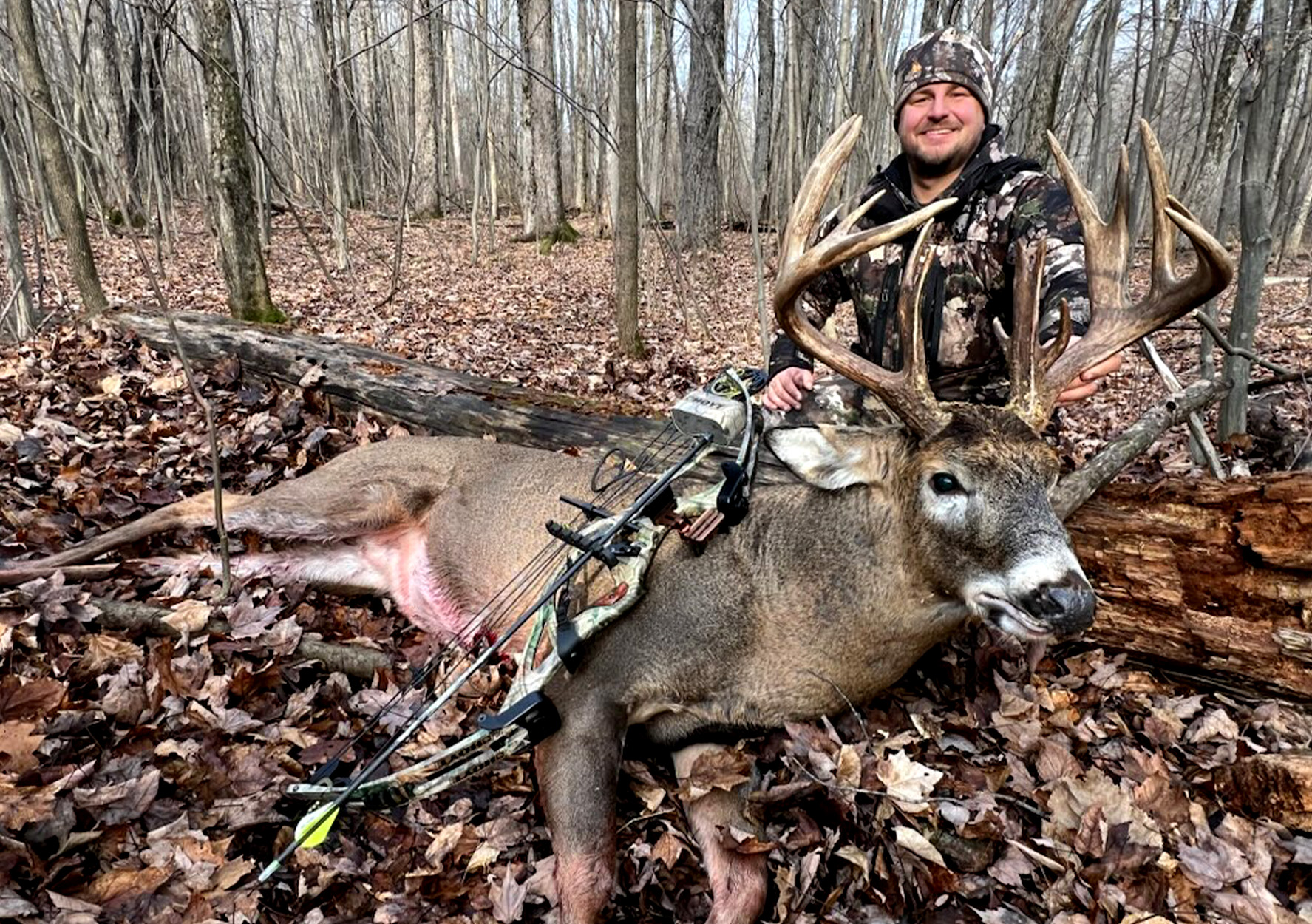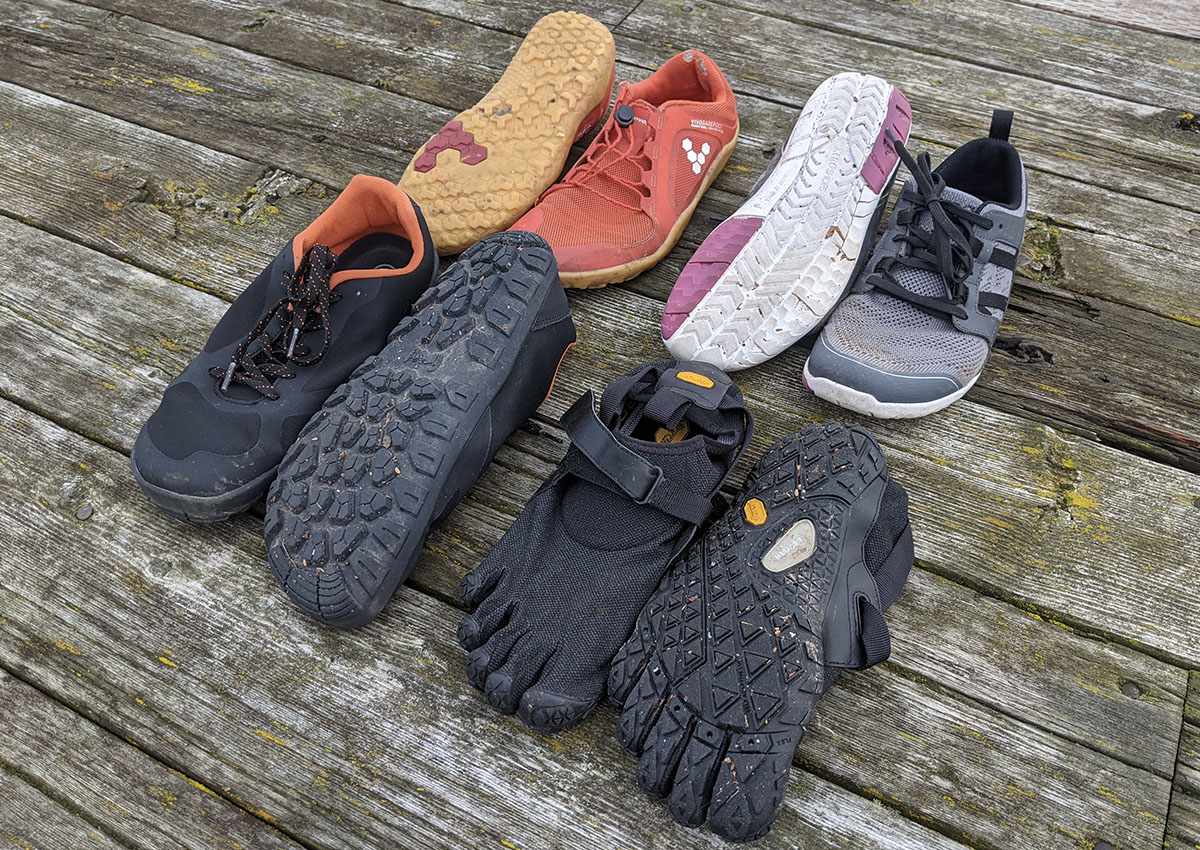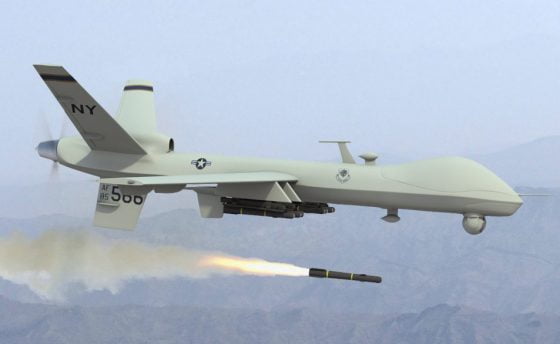Salmon Are Returning to the Undammed Upper Klamath River Even Sooner than Expected
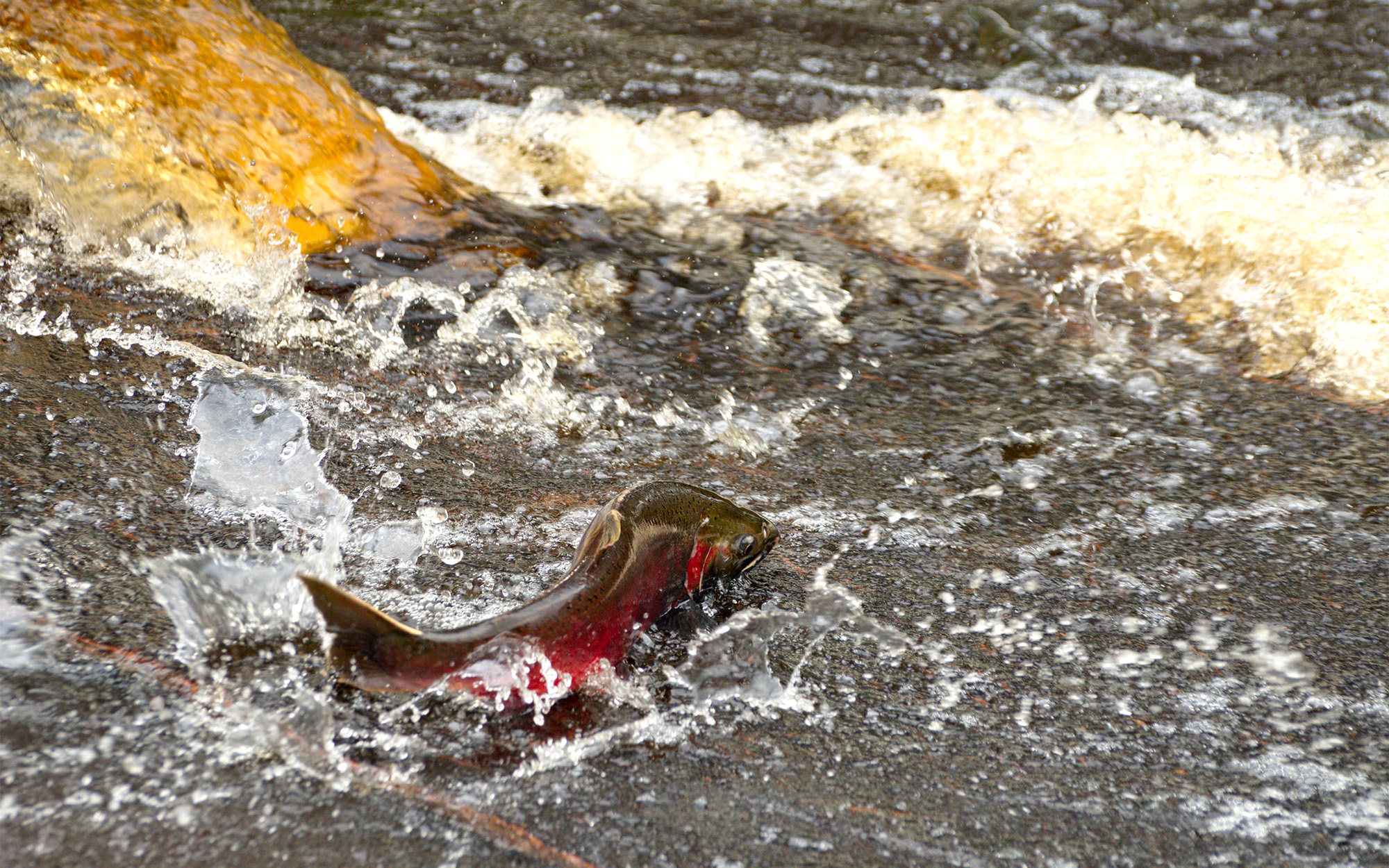
West Coast salmon anglers and native tribes have even more reasons to be thankful this year, as they watch fish returning to places in California and Oregon that have been devoid of salmon and steelhead for decades. These returns are due to a massive dam removal project on the Klamath River — the largest of its kind in U.S. history — that re-opened access to roughly 420 miles of spawning and rearing habitat in the now free-flowing upper river and its tributaries. The fish are a reminder that dam removals, when chosen and conducted appropriately, can help restore dwindling salmon runs at a time when most stocks are declining throughout North America.
The most recent batch of good news came over the weekend, when the California Department of Fish and Wildlife announced the first known return of coho salmon above the former Iron Gate dam site in Oregon. The portion of river where the former dams stood flows through Southern Oregon and Northern California on its way to meet the Pacific Ocean near Requa, California.
And this was only the latest example of fish returning to the upper river. On Oct. 16, Oregon officials announced that they had spotted chinook salmon swimming there for the first time in 112 years. By the end of the month, the Yurok Tribe had recorded more than 100 chinook spawning and even a few steelhead swimming in the upper river.
“The fact that the fish are going up above the dams now … it definitely shines a very bright light on the future,” Ron Reed, a Karuk tribe member and salmon fisherman, told the Los Angeles Times last month. “Because without those dams in place, we were looking at extinction. We were looking at dead fish.”
These returns weren’t a complete surprise. We’ve seen similar successes following other recent dam removals, like on the Elwha River in Washington State. But the fish returning to the upper Klamath within a month of the dams being removed was sooner than many expected.
“The return of our relatives, the c’iyaal’s [salmon], is overwhelming for our tribe. This is what our members worked for and believed in for so many decades,” Klamath Tribes Secretary Roberta Frost told the Oregon Department of Fish and Wildlife in October. “The salmon are just like our tribal people, and they know where home is and returned as soon as they were able.”
Iron Gate Dam was the lowest of the four Klamath dams (the one closest to the Pacific) slated for removal, and the last one to be deconstructed over the summer as part of the larger Kamath River Renewal Project. Although it will take years for the upper river to be fully restored, the physical work to remove the four man-made structures was completed by the end of August. California Gov. Gavin Newsom championed the successful project in an Oct. 2 announcement, a little over a month after Iron Gate Dam was removed in late August. Newsom said this was all done ahead of schedule and within the allotted budget.
It was also great timing for native salmon and steelhead, which typically return to their natal rivers in California and Oregon starting in August and September. These runs last through November and the fish typically spawn into December.
CDFW said Saturday that on Nov. 13, fisheries biologists watched seven coho (four males and three females) enter a hatchery on Fall Creek, which flows into the Klamath less than 8 miles upriver from the former Iron Gate dam site. Two of the salmon still had their adipose fins intact, which means they were most likely wild fish and not hatchery stock. (CDFW and other West Coast fisheries managers usually clip the adipose fins of fish reared in hatcheries so they can tell the hatchery fish from the wild ones.)
“To see coho successfully returning this quickly to this new habitat post-dam removal is exciting,” CDFW senior scientist Eric Jones said Saturday. “We’ve already seen the chinook make it back and now we’re seeing the coho.”
Read Next: Breach or Die: It’s Time to Free the Lower Snake River and Save Idaho’s Wild Salmon
The Klamath’s salmon and steelhead returns should be even better in the years to come, as the river continues to heal itself. In its announcement over the weekend, CDFW said that last week the agency released approximately 270,000 hatchery chinook salmon into the same creek where the coho salmon were spotted. They’re also planning to rear around 75,000 coho salmon annually to be released in the years to come. The fish that survive their time at sea should start returning over the next two to four years to spawn in the Upper Klamath watershed.
Read the full article here




